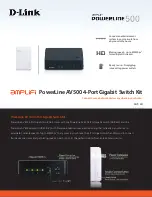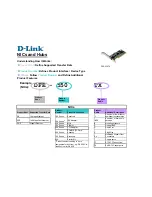
14
Firmware-Upgrade Guide
This firmware-upgradeable KVM Switch allows you to upgrade firmware contents
whenever it is needed to enhance its compatibility to other devices or its
functionality and performance. We offer both Windows and Mac versions of the
upgrade utility. You can choose either one depending on the computer platform on
which you are going to perform the KVM Switch firmware uploading. The correct
firmware-upgrade procedures using the Windows and Mac upgrade utilities
are described below. Please follow the instructions to complete your firmware
upgrade.
The firmware upgrade is performed through port 1 of the KVM Switch, so the KVM
cables that are connected to port 1 should remain connected. Unplug all remaining
KVM cables and peripheral cables connecting the KVM Switch to your computers
or peripherals. You can leave the power cable connected to the KVM Switch. The
console keyboard, mouse, and monitor should be disconnected from the KVM
Switch and plugged in directly to the host computer.
The computer that is connected to port 1 of the KVM Switch will be performing the
upgrade and will be referenced as the “Host PC” for this process.
Upgrade Using the Windows Version Utility
Prepare your KVM Switch and the Host PC
Note: The host PC must be running Windows 2000 or above in order to
complete the firmware upgrade.
Step 1.
Ensure that the power adapter is connected to the KVM Switch. Check to make
sure that the KVM cables for port 1 remain connected to the KVM Switch. The
monitor, mouse, and keyboard should be disconnected from the console port of
the KVM Switch and plugged in directly to the host computer. The power supply
should also remain connected to the KVM Switch.
Step 2.
The cables that are connected to port 1 of the KVM Switch also need to be
connected to the host PC. Connect the VGA cable and also the USB cable to the
host PC.
Note: It is not recommended to use the PS/2 cable on the host PC to perform
the firmware upgrade.
Important: Some host computers may not have enough USB ports to support
the use of a USB keyboard, USB mouse, and the USB cable needed to perform
the upgrade. (An example of this is a Mac mini, which only has two USB
ports.) If this occurs, the keyboard does not have to be connected to the host
computer since the mouse is used to perform the upgrade.
















































